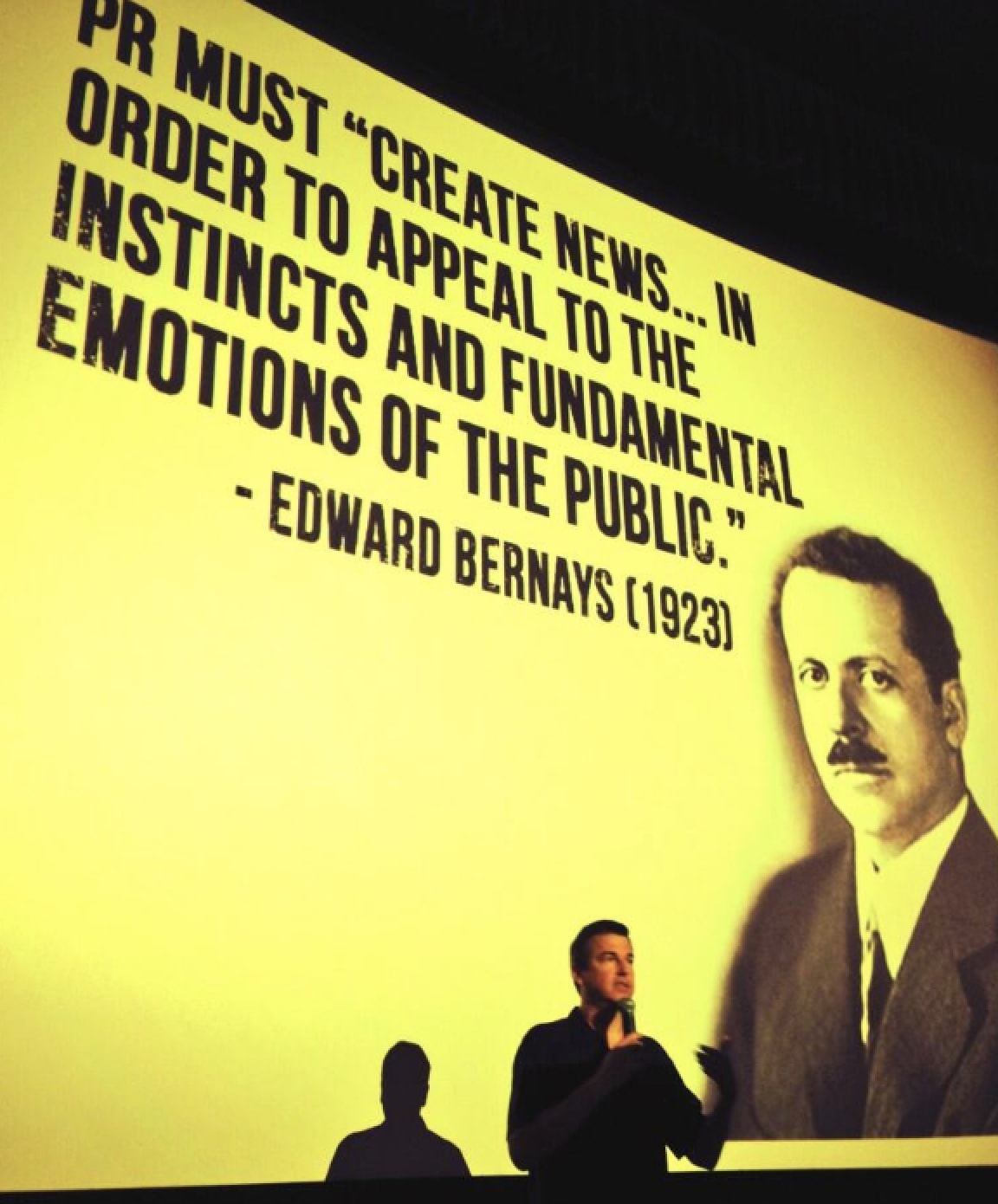Trust-Building Tips for eLearning Vendors
Remote learning and all the tools that enable it are at the top of everyone's mind these days --...

While I’ve enjoyed my time as a corporate communications executive and an agency owner, I admit to having a love-hate relationship with the “institution” of public relations -- the professional associations, the trade publications, the big hulking agencies.
It's been that way since I started blogging in March 2005.
I’ve been raging against the machine for a long time. I started a PR blog when most in the profession thought I was wasting my time. “I wonder how your clients feel about you blogging when you could be working to get them media coverage?” one commenter wrote. “It just makes everybody think you don’t have much business,” wrote another. That was not an uncommon sentiment from PR practitioners at the time -- even as my blog at one point received more traffic than PRWeek!
A Love Letter and Poison Pen Note
Consider this article both a love letter and poison pen note. The PR profession has been perpetually behind the curve when it comes to changes in technology, marketing and our society. It's in woeful need of an update, a new approach to its practice -- one that strips away the artifice and baggage to focus on what PR should be about: trust.
I’ve run into too many PR practitioners who feel confused, powerless and overwhelmed today. They are losing clients or fear they will lose their jobs if they don’t learn how to adapt to changing times and changes in the profession. PR practitioners, and marketers responsible for the PR function, are experiencing a confluence of trends that are conspiring to make their jobs more difficult and their goals more elusive.
They are looking for new strategies, tools, and a refreshed sense of purpose.
They want to regain control of their brands and businesses.
They want a PR framework that’s built to last.
Bernays vs. Lee: A Fateful Choice
I realize that creating a new framework for PR might seem like an ambitious goal, but it's one we must undertake. And the best place to start is with PR's definition and scope.
It’s not a new thing for corporate executives to question whether PR is worth the money; results from PR have been traditionally difficult to measure. But what's happening today is different. We are in the midst of an objective, long-term decline in the value delivered by PR agencies and the PR function within organizations. The very identity of PR as a management discipline is in question and in flux.
Ultimately, this traces back to a fateful choice the industry made about 75 years ago, when public relations was faced with two fundamentally different paths to follow as a profession. These paths were personified by two men who have been upheld as the “fathers” of PR, Ivy Lee and Edward Bernays.

Lee was a former journalist who took a straightforward approach to helping his clients by building relationships with the media. Bernays, whose uncle was Sigmund Freud, had more ambitious goals for PR. He wanted to elevate it to the status of a true profession, like law or medicine, built on the science of understanding what makes people tick.
PR ultimately took the simpler, less controversial path of Lee, led by organizations such as the PRSA, which was founded in 1947 and has been the industry's top professional association ever since. This path -- defining PR as kind of a junior partner to the press -- was all well and good as long as traditional media prospered. But as the news media industry has foundered, what had been the longstanding foundation of the PR business has tumbled along with it.
But PR firms are growing at a decent rate, you might respond, even as the news media continues to shrink. And you would be right, for now. They are.
Have you wondered why PR firms are continuing to grow? Is it because they are fundamentally reimagining the PR function?
No. It is because they are becoming integrated marketing firms.
The decline in media relations has put enormous pressure on agencies, both from an economic and strategic perspective. Financially, most PR firms rely on earned media programs as a large portion of their revenues; agencies have adjusted by quickly bolting on shared, owned and paid media offerings to ensure continued growth.
Today, PR agencies commonly offer services that include web design, social media marketing, email marketing, digital advertising and more. While this cafeteria of new services pays the bills, it also raises a fundamental question about the future of public relations. For more than a century, earned media has been the linchpin of PR’s identity. If an identity grounded in media relations is no longer sustainable, what makes a PR firm different from any other marketing or advertising firm? It’s an existential question.
I believe it’s quite possible that earned media will become just another function of integrated marketing agencies, and that as a result, PR as a standalone profession and strategic discipline will gradually fade away. I don’t want that to happen, but it easily could. In many ways PR as practiced today is an empty shell. A donut with a widening hole in the middle.
What should the PR industry do ensure its future?
I would argue that the Bernays path -- one focused less on the "hows" of tactics and more on the "whys" of strategy -- is the better one for our future.
A Framework for PR's Future
The PRSA defines public relations as "a strategic communication process that builds mutually beneficial relationships between organizations and their publics."
That definition is at once overly broad and excessively narrow. It encompasses virtually every manner of business relationship -- while confining the definition of PR to relationship-building.
My new framework for public relations begins with an updated definition, centered on a specific objective: earning trust.
I summarize the framework as follows:
I'll discuss each of these framework components in detail in subsequent posts.
For now, suffice it to say that public relations, if it is to remain an independent discipline, cannot remain anchored to the news media alone. It cannot attempt to be all things to all people, either. PR should be about achieving one durable goal, trust. And PR practitioners should be at once the most voracious students and the most learned teachers in educating clients on the importance of trust and how to secure it at scale.

Scott is founder and CEO of Idea Grove, one of the most forward-looking public relations agencies in the United States. Idea Grove focuses on helping technology companies reach media and buyers, with clients ranging from venture-backed startups to Fortune 100 companies.

Remote learning and all the tools that enable it are at the top of everyone's mind these days --...

If you have a small business, you probably already know how challenging it can be. Getting your...
Leave a Comment